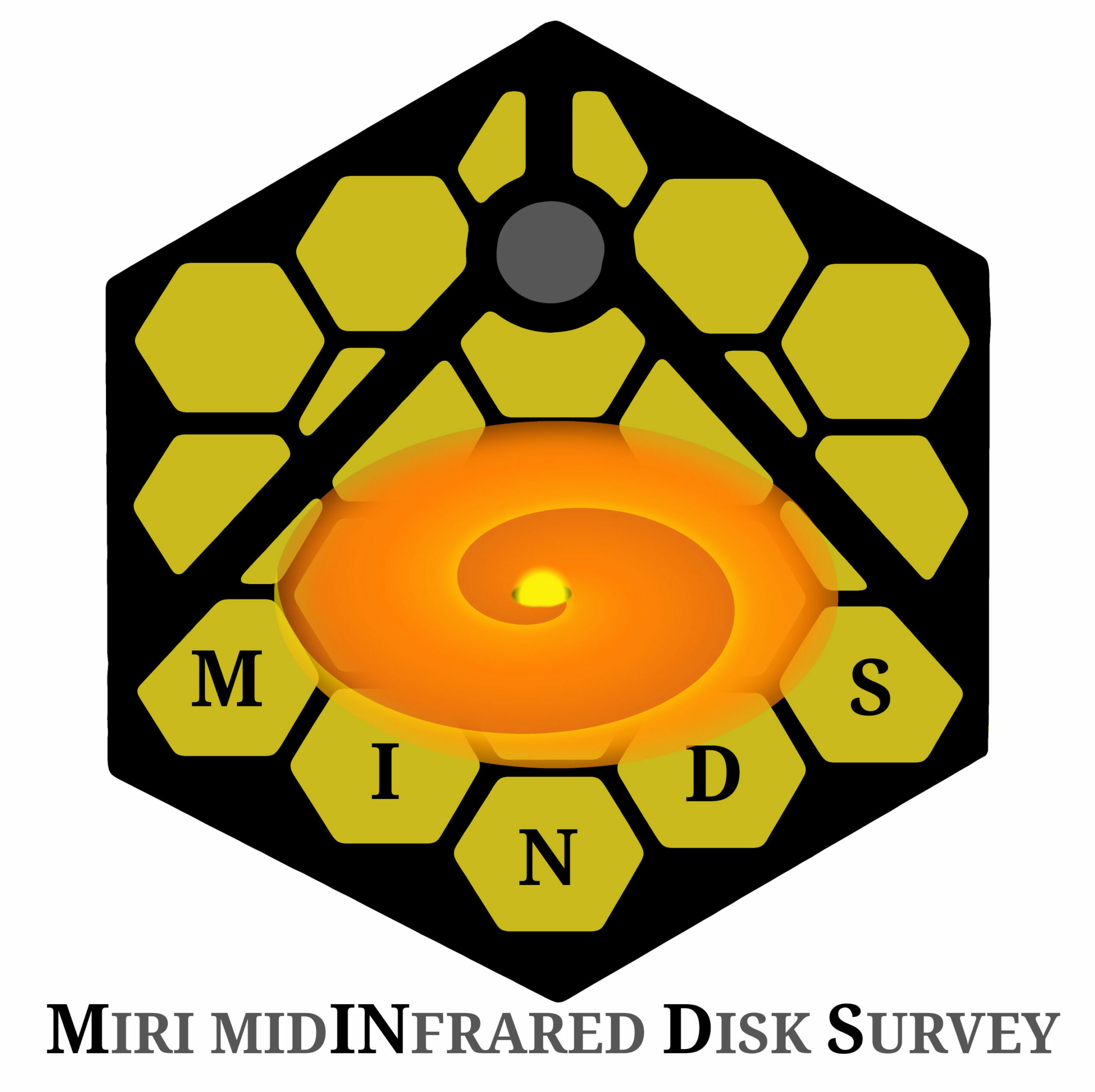Dust mineralogy and variability of the inner PDS 70 disk: Insights from JWST/MIRI MRS and Spitzer IRS observations
The inner disk of the young star PDS 70 may be a site of rocky planet formation, with two giant planets detected further out. Recently, James Webb Space Telescope/Mid-Infrared Instrument (JWST/MIRI) Medium-Resolution Spectrometer (MRS) observations have revealed the presence of warm water vapour in the inner disk. Solids in the inner disk may inform us …
